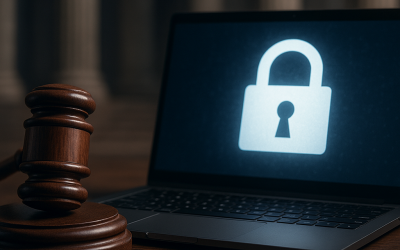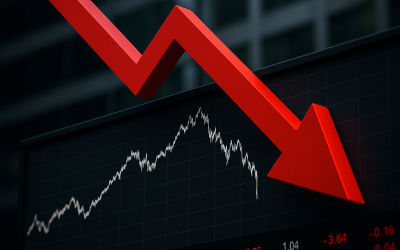Gravity waves—ripples in spacetime from cataclysmic cosmic events—remain imperceptible to human senses, but the real story isn’t our inability to feel them; it’s our chronic failure to detect the next existential threat hidden in the overwhelming noise of modern data. This article examines why our technological and cognitive blind spots persist, and what strategic thinkers must do to address them before the next crisis strikes.
The Illusion of Detection: Gravity Waves as a Metaphor for Human Blind Spots
Gravity waves are a triumph of modern physics—first predicted by Einstein, then confirmed a century later by LIGO’s exquisitely sensitive instruments. Yet, for all their grandeur, these waves are utterly undetectable by human senses. We walk through the universe oblivious to these cosmic tremors, relying on machines to translate the undetectable into data. The lesson here isn’t just about physics; it’s about the limits of human perception and the systems we build to extend it.
Our inability to feel gravity waves is a feature, not a bug. Evolution didn’t equip us to sense spacetime ripples because, for most of human history, they posed no survival threat. Instead, our senses are tuned to immediate dangers—predators, storms, fire. But in the 21st century, the threats that matter most are rarely visible or visceral. They are buried in data, masked by noise, or moving too slowly or subtly to trigger our instincts.
Consider how this plays out in cybersecurity, climate science, or epidemiology. The signals of impending disaster—whether a zero-day exploit, a tipping point in carbon emissions, or the emergence of a novel virus—are almost always drowned out by background noise. The data is there, but the patterns are faint, ambiguous, or lost in a sea of false positives. Like gravity waves, these threats require specialized instruments, algorithms, and above all, disciplined attention to detect.
Yet, most organizations and even governments remain reactive, not proactive. They invest in detection only after the fact—after the breach, the blackout, the outbreak. The real blind spot isn’t technological; it’s cultural and cognitive. We default to what’s visible and urgent, not what’s systemic and latent. We celebrate the detection of gravity waves but ignore the existential threats hiding in plain sight.
From Noise to Signal: Building Systems That See What We Can’t
So, what does it take to move from blind spots to foresight? The answer isn’t more data—it’s better systems for distinguishing signal from noise, and a leadership mindset that prioritizes the unseen over the obvious.
- Invest in Instrumentation, Not Just Intuition: Just as LIGO required decades of engineering to detect gravity waves, organizations need to build robust, redundant, and adaptive systems for early warning. This means deploying sensors, monitoring tools, and analytics that are tuned to weak signals, not just headline events.
- Challenge Cognitive Comfort Zones: Human operators are often the weakest link. Confirmation bias, groupthink, and risk aversion lead teams to dismiss or downplay anomalies. Leaders must foster a culture where uncomfortable data is surfaced, debated, and acted upon—before it becomes a crisis.
- Automate Pattern Recognition, but Don’t Outsource Judgment: Machine learning and AI can help sift through vast datasets for early signs of trouble, but they are only as good as the assumptions and training data behind them. Strategic thinkers must remain skeptical of black-box outputs and demand explainability, especially when stakes are existential.
- Scenario Planning Over Static Defenses: Static risk registers and compliance checklists are relics. Instead, organizations should run regular scenario exercises—red teaming, wargaming, and stress testing—to probe for blind spots and rehearse rapid response to the unexpected.
- Cross-Disciplinary Intelligence: Existential threats rarely respect silos. The next pandemic, cyberattack, or environmental collapse will emerge at the intersection of disciplines. Building teams that combine technical, operational, and strategic expertise is non-negotiable for seeing the whole board.
The lesson from gravity wave detection is clear: breakthroughs come not from waiting for the obvious, but from systematically hunting for the imperceptible. The same logic applies to organizational resilience and national security. The existential threats that matter most are those we’re not looking for, because they don’t fit our mental models or make headlines—until it’s too late.
Conclusion
Gravity waves remind us that the universe is full of forces we can’t sense, but that doesn’t mean we can afford to ignore the unseen. The real risk isn’t what we fail to feel—it’s what we fail to detect, analyze, and act upon in time. Strategic leaders must build systems and cultures that hunt for the next existential threat in the noise, not just celebrate the detection of yesterday’s anomalies. The future belongs to those who see what others miss—and act before it’s obvious.



0 Comments